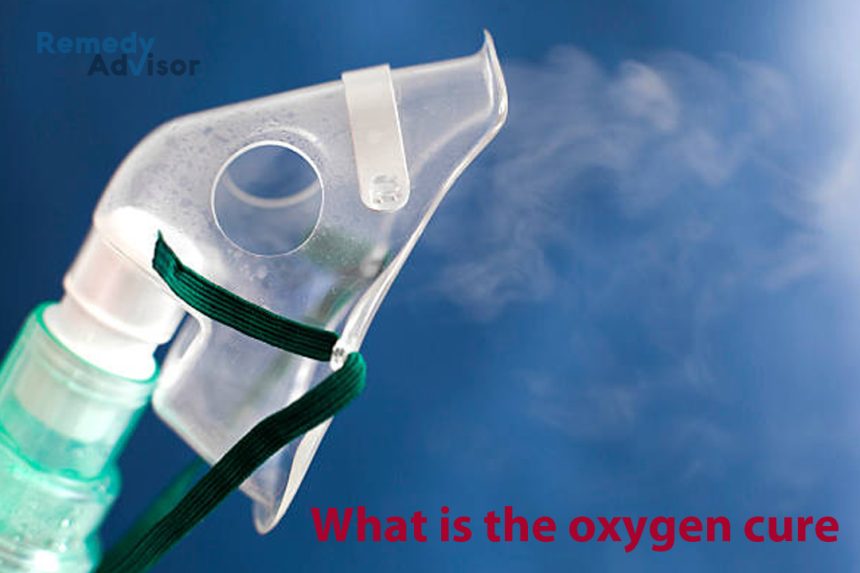Every cell in the body needs oxygen to function properly. The brain alone uses at least 12% of the total oxygen that people inhale.
Problem: The breathing habits of most people don’t always provide all the oxygen that the brain and body need.
Oxygen deprivation is a leading cause of persistent fatigue a condition that accounts for up to 15 million doctor visits annually, making it one of the most common health problems in the US. It also causes mental fogginess and, in some cases, depression.
My story: For years, I barely had enough energy to get through my workdays. I started reading about energy-building techniques everything from yoga to the latest research in exercise physiology. I quickly realized that all of these techniques aim to increase oxygen levels in the body.
At the age of 47, I developed and began practicing a high-oxygen program. Within a matter of months, my oxygen usage rose from 42.7 milliliters of oxygen per kilogram of body weight per minute to 55 milliliters a 30% increase. At the same time, my energy levels rose dramatically.
7 steps to better oxygenation
Nearly everyone can increase oxygen levels and experience a significant boost in energy in as little as two weeks. Here’s how…
• Step 1: Take a pro-oxygenator
The herbal supplement ginseng enhances the body’s ability to utilize oxygen. A four-week study of oxygen utilization found that people taking ginseng experienced a 29% improvement in oxygen transportation to tissues and organs.
Typical dose: 400 to 600 milligrams (mg) once daily.
Caution: Do not take ginseng if you have high blood pressure. If you are taking medication, consult your physician before trying ginseng.
• Step 2: Stand straight
Poor posture rounding the shoulders, stooping forward, etc. can inhibit oxygen intake. People who stand straight, roll back their shoulders, push their chests out while squeezing their shoulder blades together and keep their chin up can increase lung capacity by 5%.
Helpful: To ensure proper form, practice this while looking in a full-length mirror.
• Step 3: Exercise
Aerobic exercise increases pathways in the body that carry oxygen to cells. People who start an aerobic exercise program experience an immediate increase in oxygen usage and energy.
My recommendation: Walk fast, run, swim, bike, etc. for a minimum of 60 minutes three days a week.
Resistance training increases strength and endurance. Consult a physical trainer or other exercise professional for a strength-training regimen that works the muscles in your upper and lower body and your core (trunk).
My recommendation: Twenty to 30 minutes of strength training at least three times a week.
• Step 4: Eat “charge-up” foods
A diet high in complex carbohydrates fruits (such as apples and oranges), vegetables (such as carrots and spinach), whole grains, legumes (such as black beans) etc. significantly improves the blood’s ability to transport oxygen to cells. A high-fat diet does the opposite it reduces the blood’s oxygen-carrying capacity.
• Step 5: Practice instant-energy breathing
You can reverse fatigue almost instantly with a yoga breathing technique that floods cells with oxygen and boosts energy for 15 minutes or more. What to do…
- Sit up straight and take 20 to 30 quick, panting breaths. Only your belly should move, not your chest.
- Take a deep breath, filling your lungs with air and hold for 30 seconds. If you can, gradually work up to holding your breath for 60 seconds.
- Exhale completely. Press your hand down against your belly. This puts pressure on your lungs and forces out more of the used air.
After completing the exercise, walk briskly for 10 minutes, if possible. This will pull additional air into your lungs and increase the circulation of oxygen-rich blood cells
• Step 6: Stop smoking and avoid second hand smoke
Smokers tend to have less energy and more depression than non-smokers, in part because they get less blood and oxygen to the brain.
Smoking as well as exposure to secondhand smoke increases blood levels of carbon monoxide, a waste chemical that increases fatigue. It causes greater levels of arterial plaque fatty gatherings that prevent circulation.
Individuals who attend smoking cessation programs, like SmokEnders, or use stopsmoking products, like nicotine patches, are twice as probable to quit the habit as those who try to halt on their own.
Important: Take 1,000 mg of vitamin C daily when trying to quit smoking. Each cigarette inactivates 25 mg of vitamin C in the body.
• Step 7: Visit doctor if case you have low energy.
Fatigue is a common first symptom of hundreds of medical conditions, including iron-deficiency anemia, food allergies, heart problems and cancer. Consult your doctor if you experience mental fogginess or low physical energy for more than a few weeks.
Are you getting enough oxygen?
Most people can check their own oxygen levels with this simple test…
• Stand in front of a step
Relax for a moment, and then check your resting heart rate. To do this: Place the tips of your index and middle fingers on the thumb side of your wrist. Count your heartbeats for 30 seconds, then multiply by two.
• Rapidly step onto and off of the step for one minute
Check your heart rate again. It probably has risen quite a bit from, say, 80 beats to 120 beats per minute.
• Rest for one minute, and then check your heart rate again.
If it returned to the resting level, your blood is carrying adequate oxygen. If it stayed elevated above the resting level for more than one minute, your heart is trying to compensate for low blood levels of oxygen.







